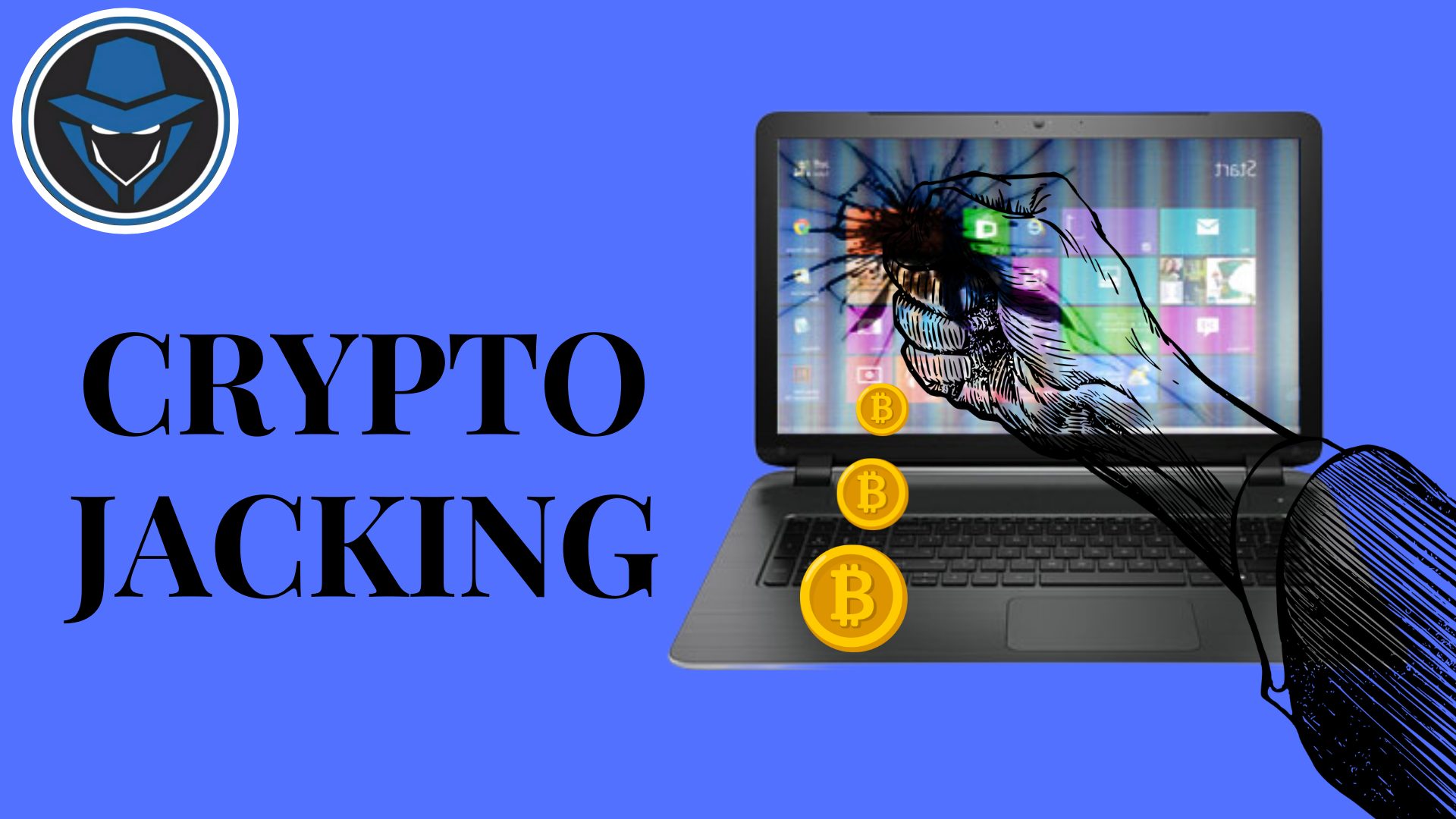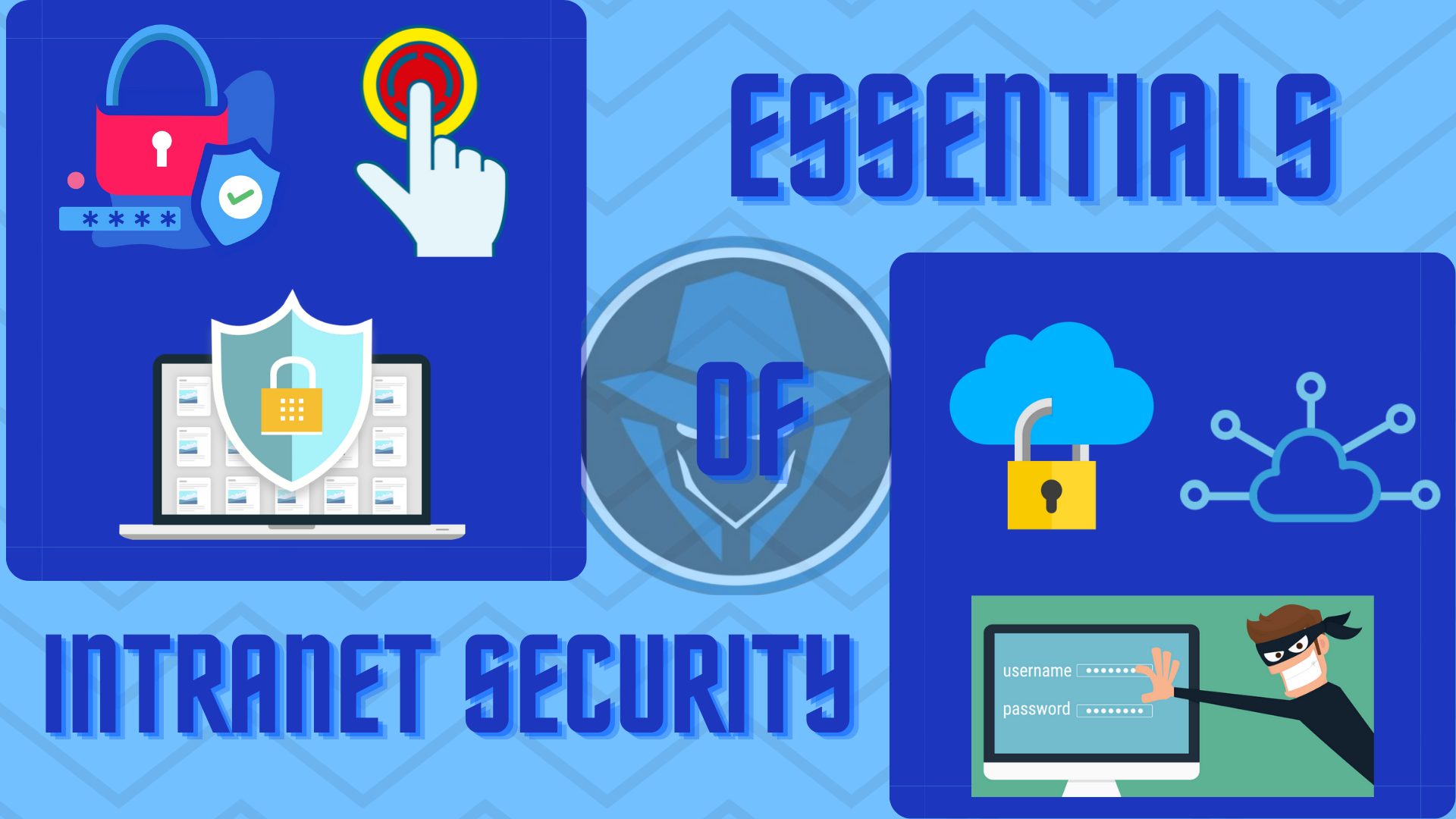In the world of science where technology is increasing by leaps and bounds, most of the things are online, whereas covid also gives a boost to the digital world but it also raises digital crime too. Cybersecurity is introduced to prevent the data from breaches and when it fails Cyber forensics team goes ahead with its work.
So,
WHAT IS CYBER FORENSICS?
Cyber forensics aka computer forensics is a branch of digital forensics science that takes account of garnering, Analysing, Examining, preserving, identifying, and reporting evidence from a particular device or storage media and can be transformed as proof, so that it can be used persuasively in the legal issues regarding some cybercrime or data breaches. After the data breach, the cyber forensics team finds out the roots of breaches or hack, understand the source, and recover compromised data.
Cyber forensics also found several valuable pieces of information that help to enhance or develop cybersecurity technology that prevents the data from unauthorized access. The main aim of data forensics is to perform an organized investigation to prop up a documented concatenation of corroboration to figure out what happened and who was blameworthy.
SOURCES OF CYBER FORENSICS
Digital shreds of evidence can be assembled from several sources viz computers, deleted files, slack space, SIM card, phone memory, locations, GSP, USB drive, hard device, memory cards, call details, recordings, iPod, floppy disks, digital camera, CD-ROM, DVDs, wifi networks, cloud computers, servers, memory sticks, in pictures through steganography, encrypted files, deleted emails, chats transcripts, files protected through passwords and then the most recurrent internet. Sometimes evidence is also physically present, by looking at fingerprints on keyboards and some conventional forensics could prove and match a particular device with an individual.
TOOLS OF CYBER FORENSICS
Here are some popular Forensic tools that help an individual or a team to extract several valuable information from the device, not only in extracting but also used for automating much of the analysis process.
- Autopsy: it is a GUI-based digital Forensics platform with a worldwide reach and used to investigate exactly what happened to the device and scrutinize hard devices expeditiously. It can also wield to retrieve photos from the camera’s memory card.
- Encrypted Disk Detector: it is a command-like tool that can help to check the system’s local encrypted physical drive. It can descry TrueCrypt, PGP®, Safe boot, and Bitlocker® encrypted.
- Wireshark: it is an open-source Analysing tool that is used to capture and analyze network traffic and does this through Ethernet, Bluetooth, Wireless, Token Ring, Frame Relay connections, and many more. It probes network-related issues. It is legal but can be illegal in the absence of explicit Authorization to monitor.
- Magnet RAM Capture: it is used to capture physical memory and allows to scrutinize artifacts that are already present in the memory. It allows exporting memory data into RAW.
- Network Miner: For windows, Linux, MAC OX S, FreeBSD, it is a free open source, Forensic analyzing tool. Through PCAP files or through packet sniffing It can detect hostname, sessions, and open forts without creating any traffic and also make the analysis simpler.
- NMAP: NMAP aka network mapper is an open (free) security auditing and network scanning tool which identifies all connected devices to provide information on the operating system that they used to run. Windows, MAC OS, HP-UX, Solaris, Linux, etc are some operating systems that are supported by NMAP.
- Forensic Investigator: It’s a Splunk app combined with many tools. For a Splunk user Forensic is a handy tool.
- FAW: Forensic acquisition website allows to capture a list of web pages, all types of images, HTML source code, Web sites in FTP and SFTP mode without modifying metadata of copied files.
- HashMyFiles: it allows the system to calculate MD5 and SHA1 hashes of one or more files and also allows copying them, it works in the operating system of the latest windows.
- USB Write Blocker: it is designed to prevent any write access to the hard disk and without compromising the integrity permit read-only access. It uses a window registry to write- block USB devices.
- NFI Defraser: it was developed to find and repair partly erased or damaged multimedia files. It may help to recognize partial and all-inclusive files of the database.
- ExifTool: an open free source software that helps to read, write, manipulate image, audio-video, and pdf data. It is available on the Perl library and command-line application and can read GPS, IPTC, JFIF, XMP, EXIF, photoshop IRB, geo TIFF, Flash pix, and many more.
- Trolley: it is a browser tool for the modern web used as file signature verifier, file surgeon, file identifier, binary inspector, hash and validate, password generator, Data URI generator, encode the text, CRC multi-tool, split and join, JPEG stripper, PG Pigeon.
- SIFT: SANS investigative Forensic toolkit is a computer forensics distribution, freely available on Ubuntu and performs a detailed examination in response to the incident and required mainly at the most popular open-source incident response platform. It is congenial with expert witness format, advanced forensic format, raw, and memory analysis evidence formats.
- Dumpzilla: Forensic tool available in python and can extract all interesting information from Firefox, Seamonkey, and Iceweasel browsers for analysis, dumped information through this tool can be restored by pipes with tools such as grep, awk, cut, sed, etc.
- ForensicUserInfo: A GUI tool that helps to extract information such as RID, LM/NT hash, profile path, fail data, Account expiry date, reset the password, from various files then decrypts the LM/NT hashes from the SAM file. This tool can export the information to CSV or HTML.
- Paladin: it is one of the most popular Linux Forensic tools with all expected features and it is a modified Linux distro based on Ubuntu accessible in 34 and 64 bit. Autopsy combined with Paladin allows a user to conduct a forensic exam from the starting to the end.
- Sleuth Kit: it is a collection of command-line tools and utilities based on Unix and windows to extract data from storages and disk drives expedite scrutinize Forensic of system
- CAINE: computer-aided investigative environment professional open-source forensic platform that integrates powerful scripts into its GUI. It serves as a platform for more than 80 tools for forensic investigative processes, including preservation, collection, examination, and analysis
- Volatility: It is an open-source tool for the system of RAM 32 and 64 bit and used for malware analysis, and to help to extract deets from registry hives, ongoing devices, network connection, network sockets, and DLLs. It supports analysis for Linux, Windows, Mac, and Android systems. It is based on Python and can be run on Windows, Linux, and Mac systems, and available on GPL license.
- WindowSCOPE: It is a memory Forensic tool and also performs reverse engineering of the entire operating system from physical memory as well as all running software. It identifies all threads and drives ongoing in the system automatically. It is mainly used during malware.
- Bulk Extractor: it is one of the most popular and faster Forensic tools as compared to other ones, which is used to scan files, directory of files, disk images and email addresses, credit card numbers, URLs, and ignores file system structure. It is mainly used during malware and intrusion investigations.
- Oxygen Forensic Suite: A Forensic software used to extract several data like all kinds of mobile devices, their backups and images, SIM card data, messenger logs, and cloud storage. This tool is used to gather or acquire information from mobile phones.
- Xplico: An open-source analysis tool acquires data from internet traffic. It overhauls the contents of accession effectuated by a packet sniffer. From POP, IMAP and SMTP traffics, It can extract emails, messages
Need and demand cyber forensics is skyrocketing day by day. Several companies have a team of cyber Forensics. It plays a salient role in recognizing cybercrime and its culprits. It acts as an emergency during cybercrime. In the technological world where everything is online and digital cyber crimes are increasing by leaps and bounds due to which requirement for cyber Forensics is also escalate





very helpful.